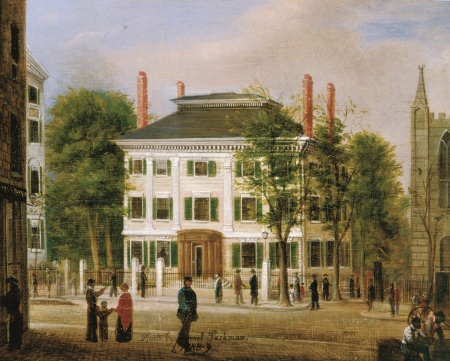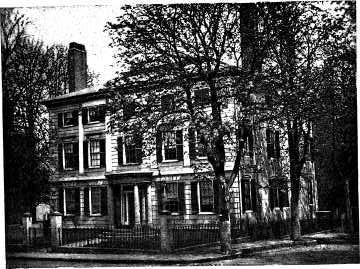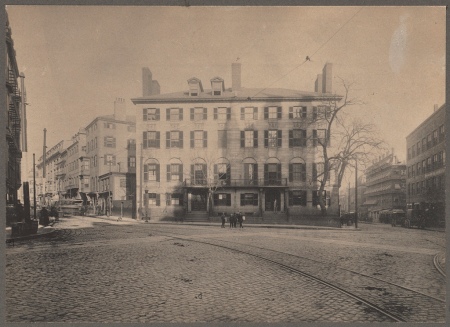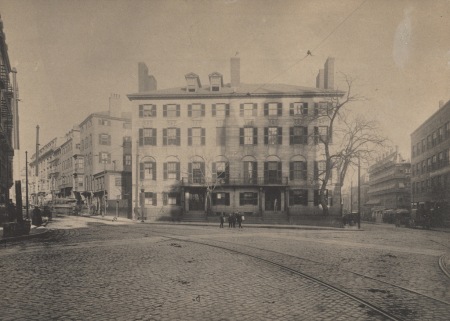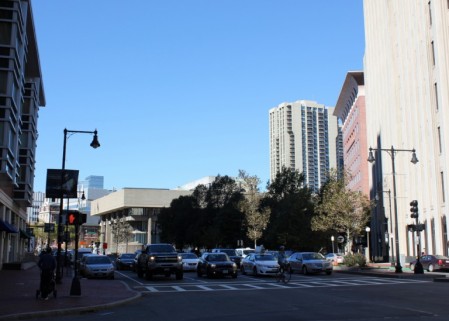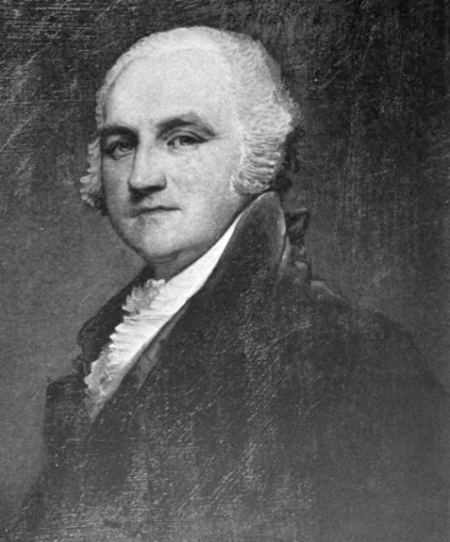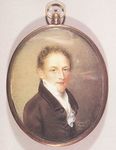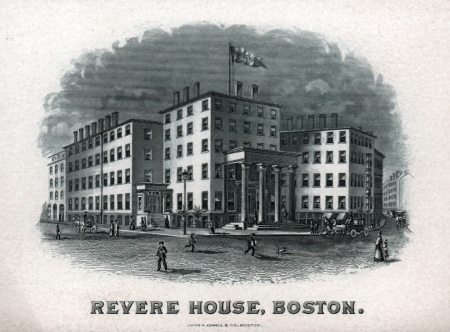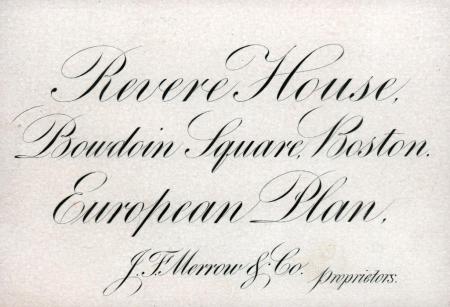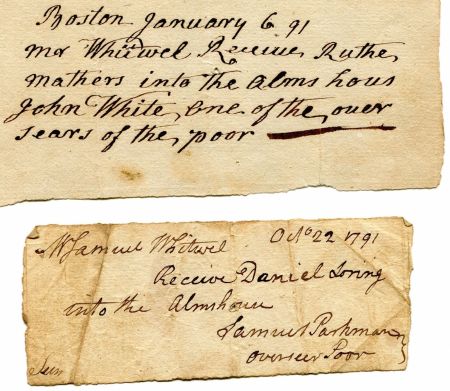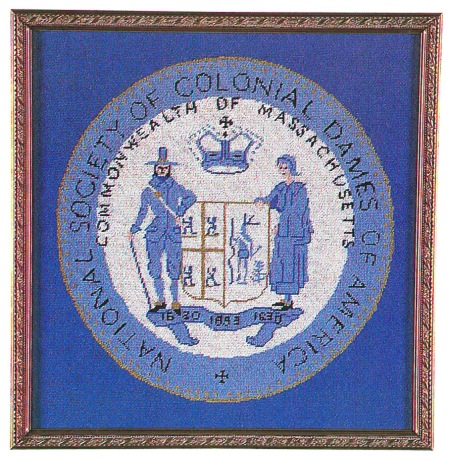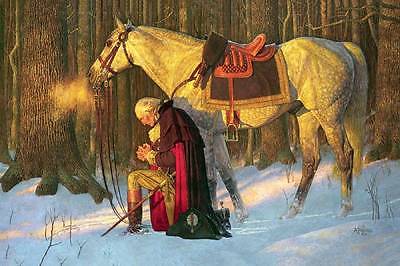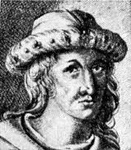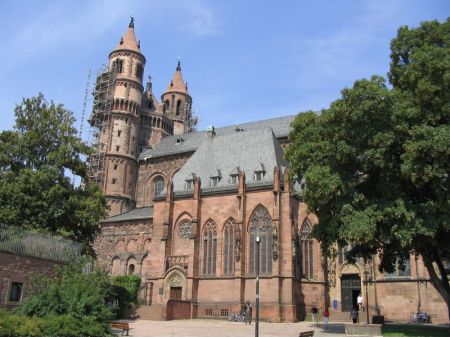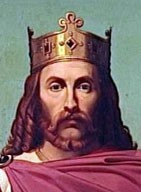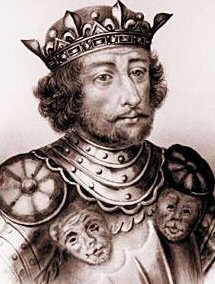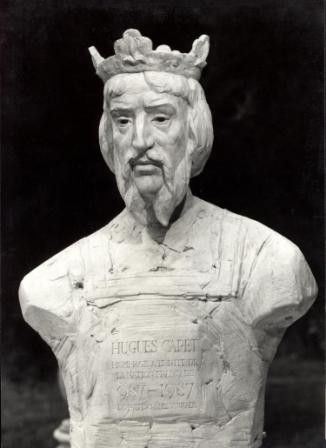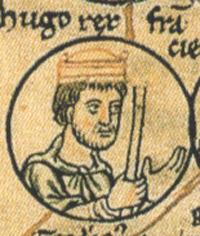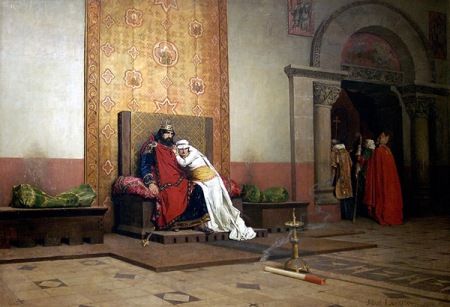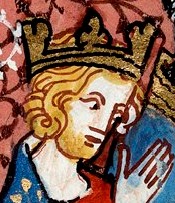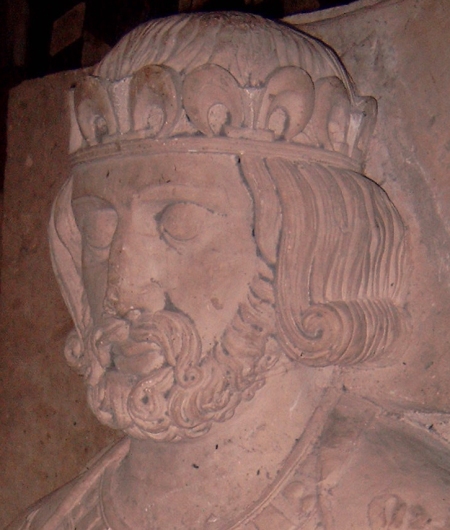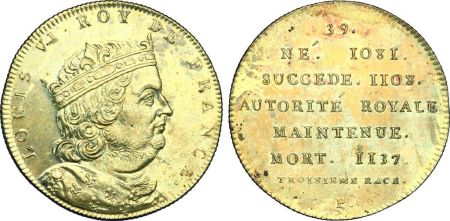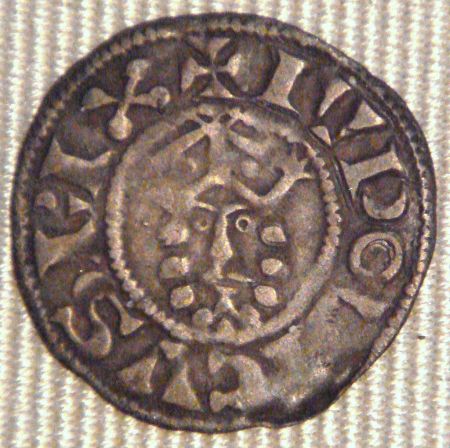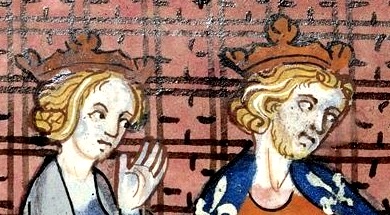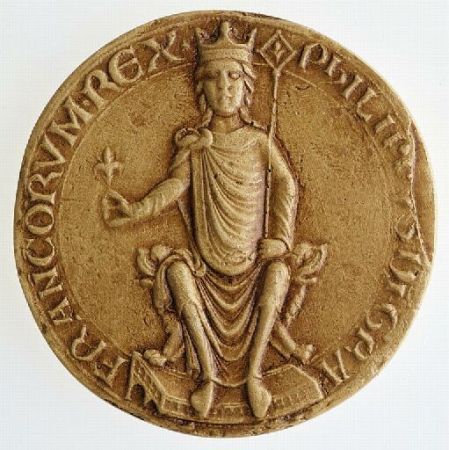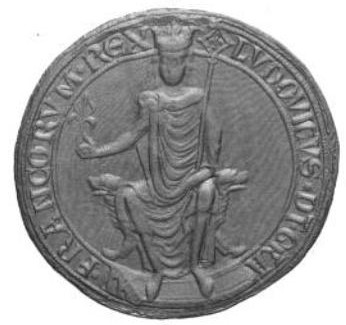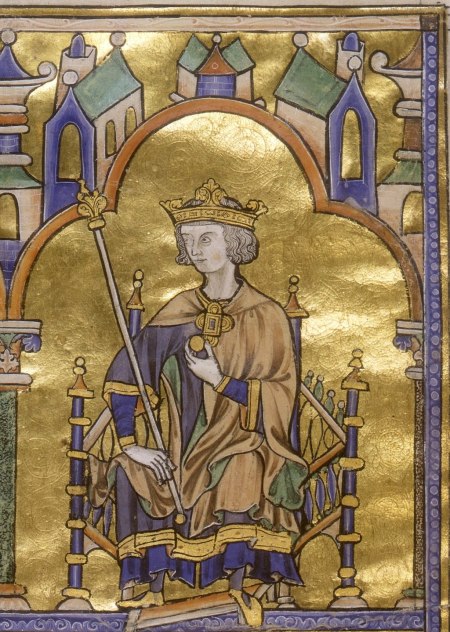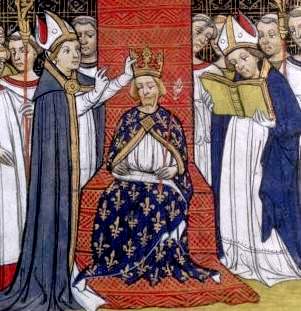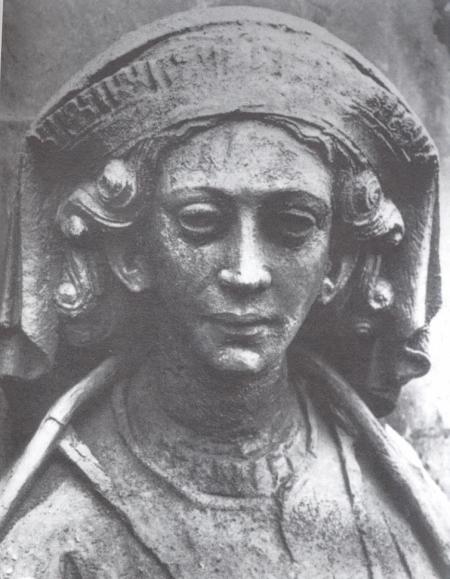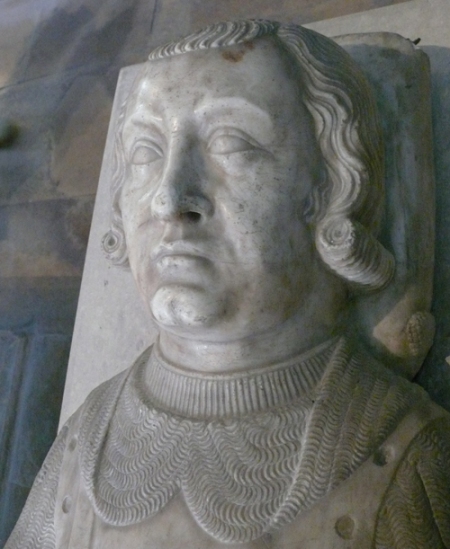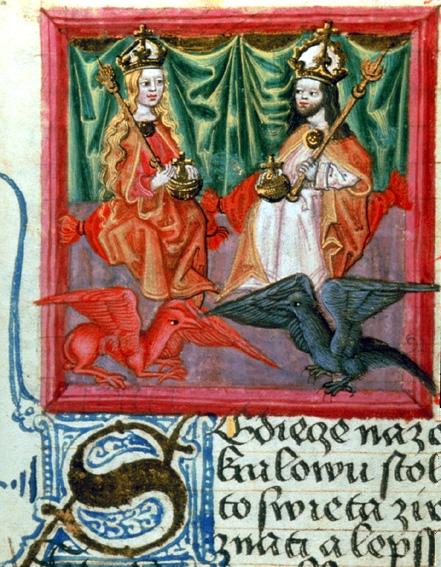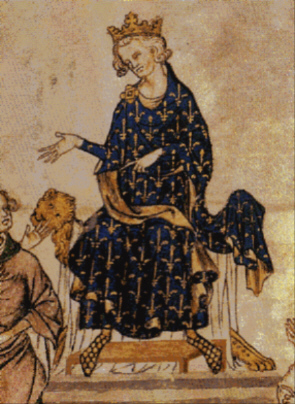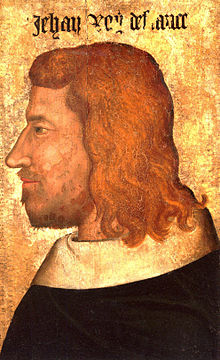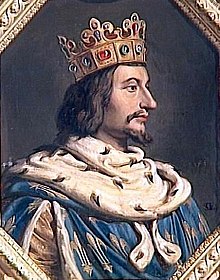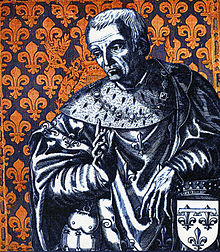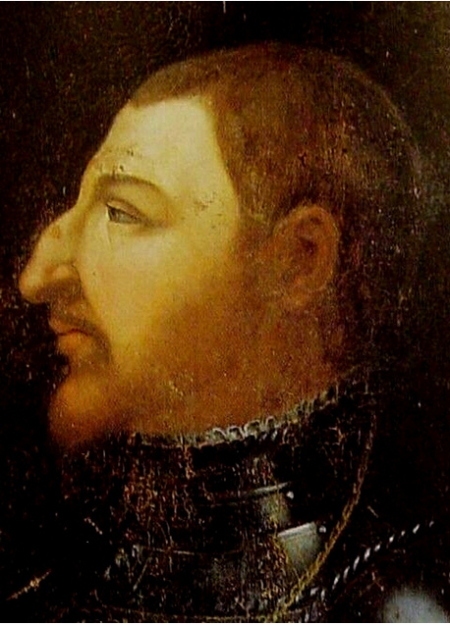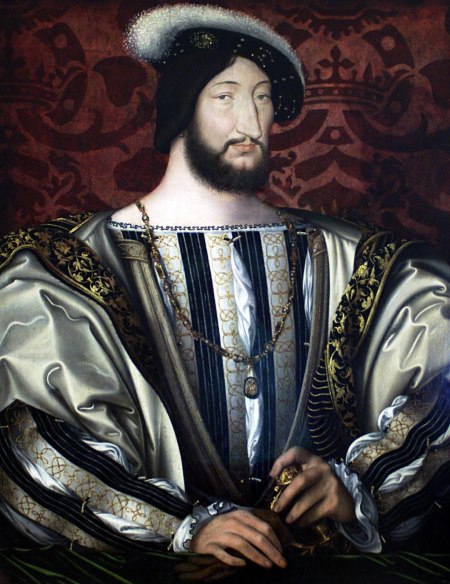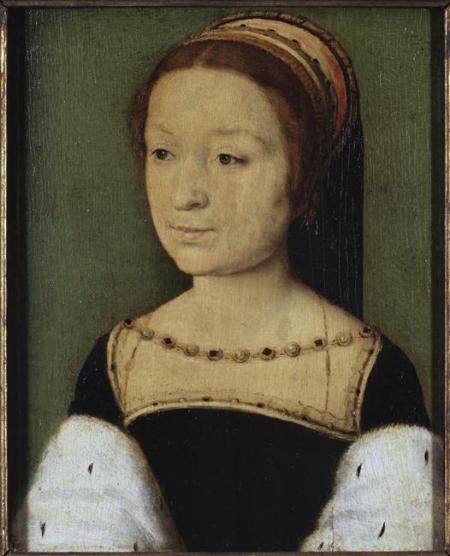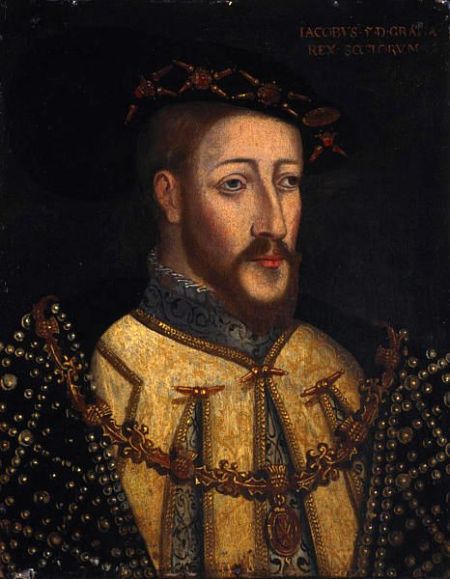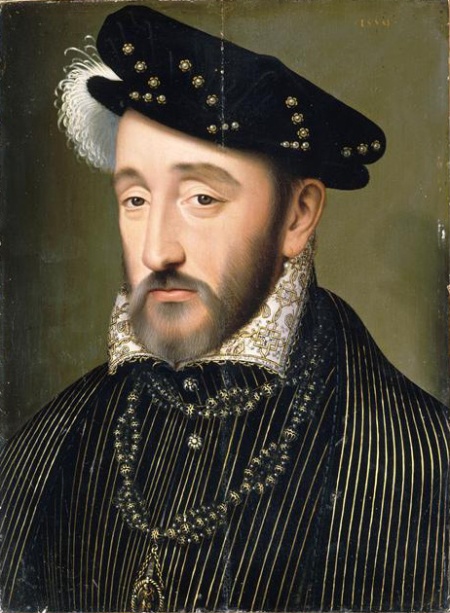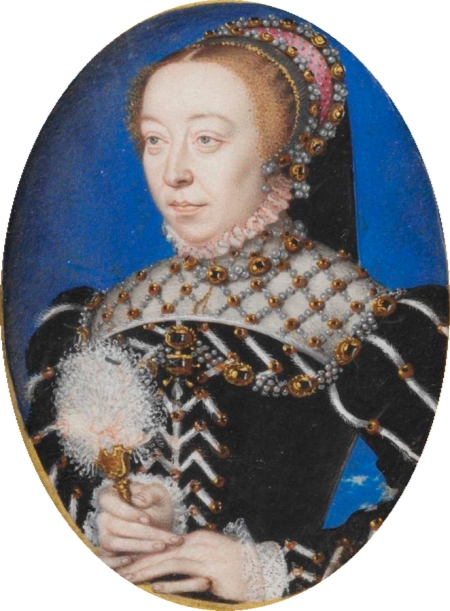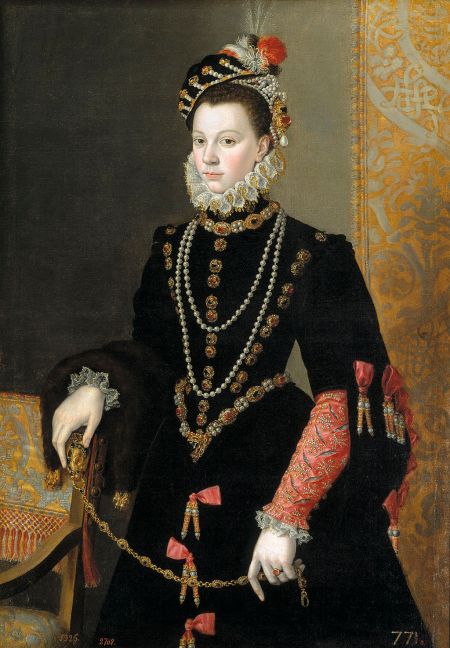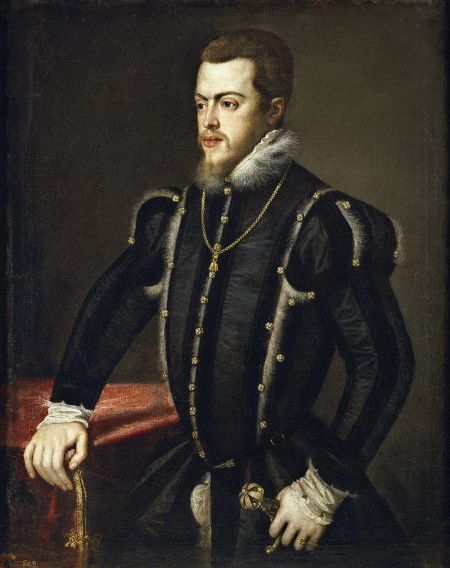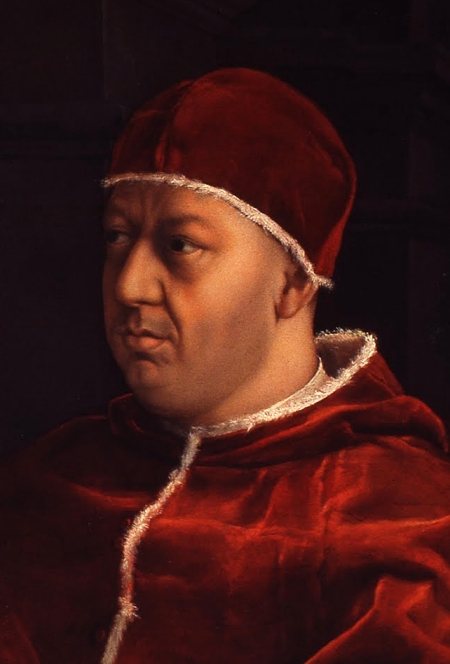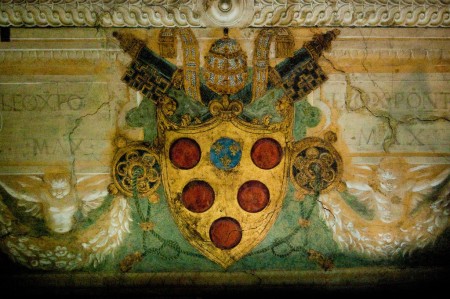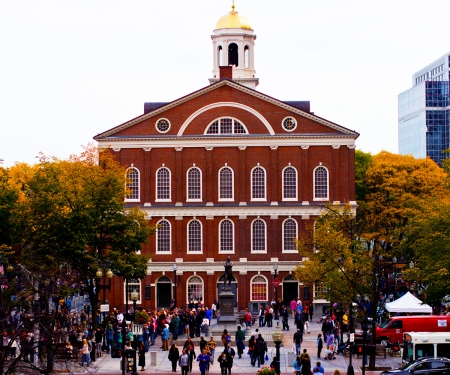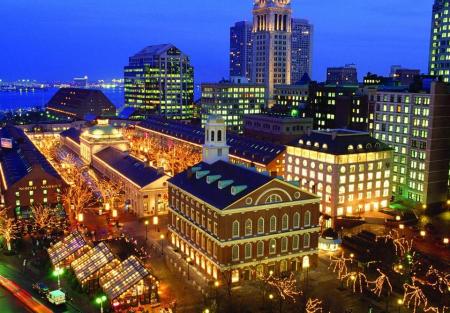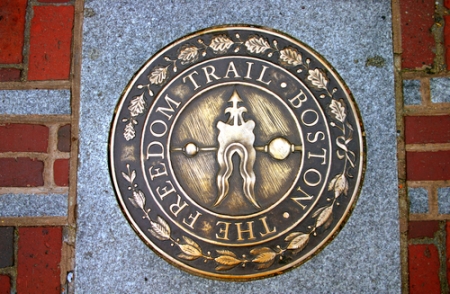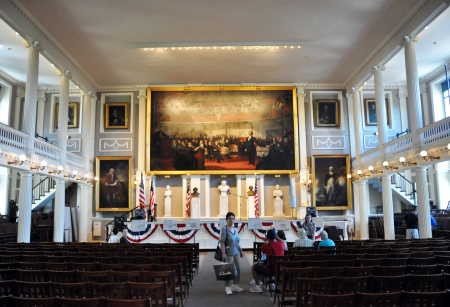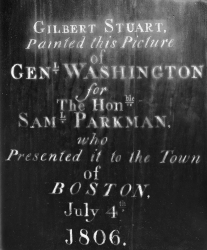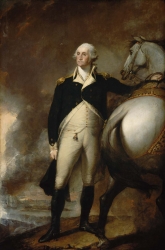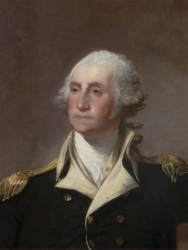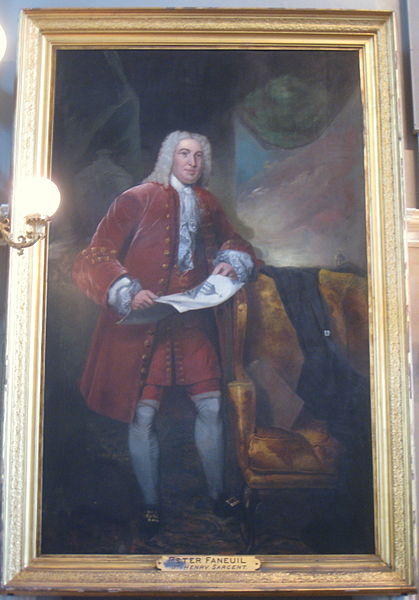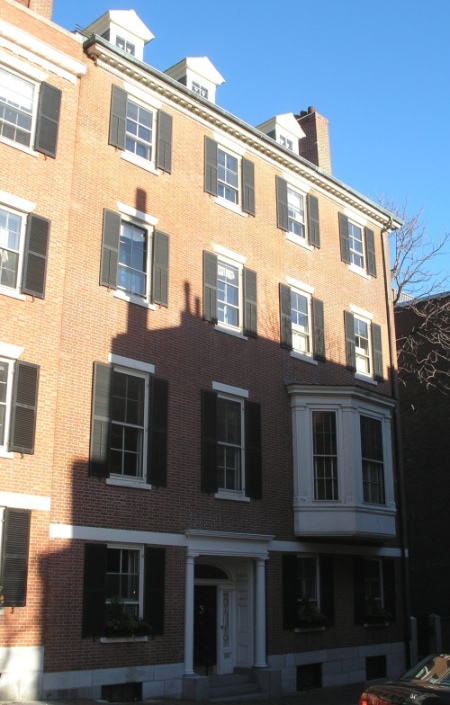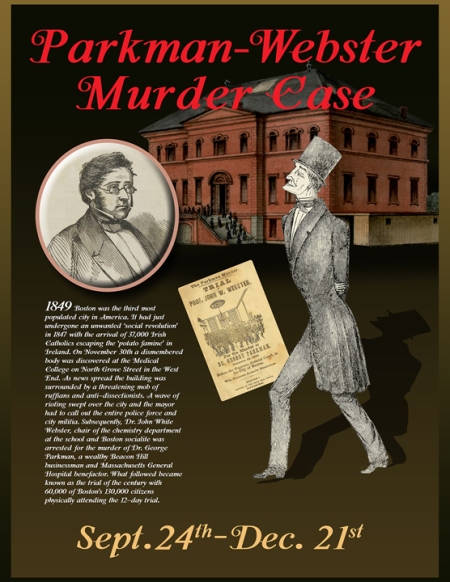
Col and Engineer in the late American War.
Husband of Lucy
Age 56Son of Isaac (20 Feb 1699 Woburn, MA-12 Mar 1756-Sudbury,MA) & Mary “Abigail” A (Flagg) Baldwin (5 Dec 1702-23 Sep 1744) b. Woburn, d. Sudbury MA.Grandson of Deacon Henry Baldwin of Woburn, Massachusetts & Abigail (Fiske) Baldwin
Brother of: Luke Baldwin, Col Nahum Baldwivn, Captain Isaac Baldwin.
Spouse: Lucy (Parkman) Baldwin dau.of Rev.Ebenezer Parkman (d.1782 Westboro,MA) of Westboro,MA.
Father of:
*Jeduthan Baldwin, killed by being thrown from a cart 31 Oct 1763- 6 yrs old.
*Isaac Baldwin, d. 1 Apr 1783 Age 19 yrs. “A senior sophister in the University of Cambridge,…”
*Lucy Baldwin,
*Elizabeth Baldwin
*Luke Baldwin m. Mary (Avery)
**John Avery Baldwin m.Sarah (Collins)
***John Avery Baldwin Jr. m.Elizabeth (Holmes)
****Alice Holmes b. Boston, MA
** Thomas Baldwin
***Charlotte Baldwin (see 1st book link below)
***Thomas Williams BaldwinBirth and Family
On January 13th, 1732, Colonel Jeduthan Baldwin was born in Woburn, Massachusetts. He was the son of Isaac and Mary Flagg Baldwin. His grandfather, Henry Baldwin, was the original settler of Woburn, and the family home that was built in 1640, now called the Baldwin House, is still intact. He did not reside in Woburn for long, but moved to Sudbury, Massachusetts. After Baldwin had grew older, he moved to Brookfield, Massachusetts where he stayed for the duration of his life. He settled in the northern part of this area, which separated itself from the town between the years 1750 and 1756. He became a landowner in May of 1754 with the purchase of about twenty-three acres of land. Throughout his time in North Brookfield, Baldwin acquired a large amount of land. Baldwin married in April of 1757 a woman by the name of Lucy. Her father, Reverend Ebenezer Parkman was the first Reverend to settle in Westboro, Massachusetts. Baldwin carried a good relationship with his father-in-law. Baldwin and Lucy had four children. One child, his daughter was named Betsey and the other three were boys. Jeduthan was killed when he was six years old in October of 1763. Isaac died in 1783, at nineteen years of age. Luke was his third son, he was very successful in his life.French and Indian War
In the spring of 1755, Baldwin was serving in the military. He was twenty-three years old at the time and served with the British campaign in the French and Indian war. He was a captain with a full company in the first attempt to capture Crown Point. During this time, Baldwin was injured in the leg. The injury was severe and the doctors wanted to amputate. Baldwin would not have it, but still the doctors continued threatening to disable him and to perform surgery. Baldwin then informed anyone that came too close he would attempt to shoot them. It ended up healing fine. The expedition against Crown Point ended up not succeeding. This was the British Armies first attempt to capture Crown Point. Crown Point was at the southern end of New France. It was valuable to the British because of its location on Lake Champion. The British did not have the element of surprise behind them and the first attempt to capture the fort failed. The current plan of capturing the fort was expelled.
The British campaign moved onto other plans in 1755, which included the building of Fort Williams Henry, which was south of Crown Point. Here, Baldwin worked under the British engineer Captain William Erye. Captain Erye was one of the best British engineers of his time. Baldwin watched and learned very carefully. The construction of this fort lasted two years. It was built on Lake George. This was a good location because Fort Edward, on the Hudson, was only sixteen miles away. It was also an important location because it was located on the border of New York and New France. Captain Erye designed the fort as well and as built it. The fort included hospital and moate. It could house up to about 400 men.
Baldwin continued his involvement in the military throughout the French and Indian war. In 1759, he was part of another siege at Crown Point. This was the fifth siege against Crown Point. The second had happened a few years before. It had failed because the British had under estimated the numbers of French soldiers. During this third attempt to take control of the fort, the French launched an attack against them. Part of the British Army fled to another camp and the Fort William Henry massacre ended up taking place. In the fourth, the British ended up fleeing after battle. Finally, in the fifth, they were successful at capturing Crown Point. The French were weakened because the way the troops had been dispersed. Gaining this fort gave the British campaign a huge lead because of prime location. Fort Ticonderoga was also captured in this time. This gave the British campaign the control of a wholechain of lakes. Baldwin was a captain and was a part of these efforts.
Before the Revolutionary War
After the French and Indian War, Baldwin returned to his land and family in North Brookfield. His father died around this time. During the time prior to 1744 and the beginning of the Revolutionary War, Baldwin used this time to become a trader and farmer. He would haul merchandise from Boston and sell it. He seemed to be very successful before the war, for he obtained more land.
In the winter of 1773, Baldwin was a part of a committee made of five men. These men were reviewing two letters written from Boston. These letters related to the British import of tea. They agreed that they would no longer support the British tea because they would be losing out on their own free rights. The following March, Baldwin’s town held a meeting. He was picked to be the Town Clerk, one of five members that made up the Selectmen, and then one of the two surveyors of shingles. In September of 1774, the town also selected the members of the Committee of Correspondence; Baldwin was chosen to be apart of this group too. Also in September Baldwin became a delegate for a committee of the Provincial Congress. The Provincial Congress was a way for the towns and settlements outside of the British controlled Boston to meet and determine how they wanted Massachusetts to be in the future. John Hancock was the president of this congress. After initially being a part of the committee, there was a town meeting in December of 1774 and Baldwin was voted to be a delegate at a another meeting of the congress. In the next year, Baldwin donates many supplies to the war effort such as corn, beans, and cheese.6 Throughout 1775 Baldwin’s engineering skills were used in the rebel military. Baldwin worked on Bunker Hill and Prospect Hill. Here he installed breastwork fortifications. Breastworks are simple defenses that can be put up quickly. They are normally composed of dirt and logs and roughly chest high. These defenses were quickest way to set up protection. Baldwin was not a participant in the Battle at Bunker Hill; however, his brother was present and killed. In 1776, Baldwin gained the rank of Colonel and also the title of Chief American Military Engineer of the Northern Theater Army.
The Expierence of Ticonderoga (Reported by “Colonel Baldwin”)
Not a week passed after my first arrival at Fort Ticonderoga in July of 1776 before all of my articles were stolen, not limited to my clothes but also my money, papers and effects. I was “ heartily tired of this Retreating, Ragged, Starved, lousey, thievish, Pockey Army in this unhealthy Country”. I spent much of the remainder of that year sickly and left for home inBrookfield. Thus my first impression of Fort Ticonderoga was at best poor.
Upon my return to Fort Ticonderoga a year later, General Schuyler gave me orders that entailed constructing an elaborate bridge between Fort Ticonderoga and Mount Independence. This was my clear priority along with general improvements to the fort and Mount Independence. These orders also called for many other improvements to the garrison. By the time Major General Arthur St. Clair arrived at the fort I had achieved much in the way of repairs and fortifications. I had “ designed and built or repaired ships and sawmills, batteries and re-doubts, a wharf, two guardhouses, a boom of logs across the lake to impede enemy vessels, an artillery park, campsites, a huge storehouse, hospitals, and a bakery”. I also located a source of drinking water on Mount Independence that turned out to be quite invaluable. Furthermore, I supervised construction on what would later be called the Great Bridge. Along the way I received some skilled assistance from Colonel Thaddeus Kosciuszko, a volunteer from Poland with engineering experience. Who turned out to be a bigger help than I thought he would be.
Upon Major General St. Clair’s arrival there was a heavy stream of fog and rain that seemed to foreshadow the state of the fort. “ As Charles Carroll realized when he laid eyes on the place a year before, it was a dilapidated ruin; worse, it was presently so short of manpower, arms, provisions, and every item of equipment that it was absurd to expect defenders to hold out against military force determined to overrun the place”(Ketchum). Even with all of my extensive improvements the fort was in a dire state. Shortly after his arrival at the fort I arranged a tour of the defenses and armaments for the Major General.
During the month of June there was the much welcomed sound of work in the air, with companies drilling, carpenters sharpening tools and me delegating all of the work as best I could. I had Kosciuszko take 100 men and build batteries and for a barrier of spiked trees. I supervised 150 men in sinking caissons. I had Udney Hay take charge of a number of black freedmen who were drafted from Continental regiments. The only time that the surrounding valley was quite was at night when the men could make out the call of an owl, or even sometimes a wolf.
Even with all of this work, it was almost inevitable that the fortifications at Fort Ticonderoga and Mount Independence would not hold, and on July the fifth I was given orders to help orchestrate a retreat. I remember the time exactly that Major General St. Clair informed me of this, it was nine o’clock. Seeing that retreat was the only logical option, I went about doing the only thing I could do make sure the evacuation went as seamlessly as possible. My orders dictated that I was to have my artificers collect all of their tools and deliver them to the boats by 2:00AM. Needless to say I had all of my men assembled by midnight, and had everything taken care of on the Ticonderoga side. Although not without leaving a few important things behind, the retreat was widely successful. We not only made it out with hardly a casualty, we managed to salvage enough equipment to keep going and survive, only just.
The Battle Saratoga
In the Battle of Saratoga Baldwin did not do anything of much significance. He was there, though, and participated in the battle. Leading up to this battle there was a shift in his, along with the military’s in general, mood. They were no longer “just getting by,” the mood was more positive. Before the battle, Baldwin put his efforts into destroying as opposed to creating. He lead a group of 280 men to Stillwater, there they either burned or transported planks of wood that had been left behind. He also continued on by destroying bridges and tearing up roads. The idea behind all of this destruction was to slow the British force as much as possible and to do anything that would slow them down and make it harder for them to cross the terrain. Baldwin also discovered a group of loyalists around this time and had them turned in.
Americans, or rebels, won the Battle of Saratoga. The Battle of Saratoga was broken down to two different battles. The Americans lost the first actually, but in the second came back so strongly that the British were forced to surrender. Leading up to the Battle of Saratoga, many were beginning to think that the “loss” at Ticonderoga wasn’t much of a loss as once thought. Most of the men had escaped and were at Saratoga for that battle. Baldwin goes as far to say that because of St. Clair’s brave and courageous departure from Ticonderoga, Saratoga actually occurred. Without it, he thought that it would have never actually happened. Saratoga’s win, could be directly linked too the evacuation of Ticonderoga. Had the Americans stayed at Ticonderoga, there is a likely chance that the British would have still captured the fort but also been the cause of many causalities and prisoners. Since the Americans fled, they had more forces at Saratoga. The British were also much too confident. They believed that the Americans were weakened by the loss of this fort. While they may have lost supplies they did not lose spirit. The victory at Saratoga is also when the French started to take interest in the Americans and saw that they could beat the British.
After the War and Death
Baldwin continued in the military until April of 1782. Sometime after his time in the army, Baldwin was a part of group of Engineers and a part of a secret society purposed for officers to be able to work through everything they had been through. Baldwin donated money to an academy.
Colonel Jeduthan Baldwin died at North Brookfield, Massachusetts on June 4, 1788 at the age of 56. He was survived by his wife, Judy Baldwin, his son, Luke Baldwin, and his daughter, Betsey Baldwin.
At Baldwin’s funeral Reverend Daniel Foster delivered a sermon which discussed his life accomplishments and his family. Within his sermon Foster dedicated Baldwin’s wife Judy, his living children Luke and Betsey, and his diseased children Jeduthan and Isaac. Foster mentions how his son, Jeduthan, died by being thrown into a cart at the age of six and how his other son, Isaac, died as a college student at the University of Cambridge.
Col. Baldwin’s tombstone reads, “Be it remembered that here lies the body of
Jeduthan Baldwin, colonel and engineer in the late American war, who died June
the 4th 1788. He was a true Patriot, an intrepid soldier, an exemplary Christian, and a friend to all mankind. Blessed are the dead who die in the lord.”
Books on line of Col. Baldwin and links:
http://files.usgwarchives.net/ma/worcester/bios/baldwin110gbs.txt
Revolutionary War Journal of Col. Baldwin: online link: https://archive.org/details/revolutionaryjo00baldgoog
http://freepages.genealogy.rootsweb.ancestry.com/~wjohn55447/quartermaster_artificers.htm
https://en.m.wikipedia.org/wiki/USS_Revenge_(1776)
Along with a flood of books on Col. Baldwin’s
“Announcement has been made by the War Department that the new fort at the mouth of the Kennebec River, Maine, is named Fort Baldwin in honor and recognition of the services rendered in the War of the Revolution by Col. Jeduthan Baldwin. This was brought about through the efforts of Col. John H. Calef, U. S. A., retired, who is a descendant of Col. Baldwin and has been earnest in his endeavors to have such recognition made.”
Family links:
Spouse:
Lucy Parkman Baldwin Forbes (1734 – 1804)*
Children:
Isaac Baldwin (____ – 1783)*
Jeduthun Baldwin (1757 – 1763)*
Lucy Baldwin (1767 – 1767)*
Luke Baldwin (1769 – 1832)*
*Calculated relationship
Inscription:
Be it remembered that here lies the body of Jeduthun Baldwin, Esq., Col and Engineer in the late American war, who died Jun the 4th, 1788, Age 56. He was a true patriot, an (intrepid) soldier, an exemplary Christian, and a friend to all mankind. Blessed are the dead who die in the Lord. |




 Oil Painting
Oil Painting


